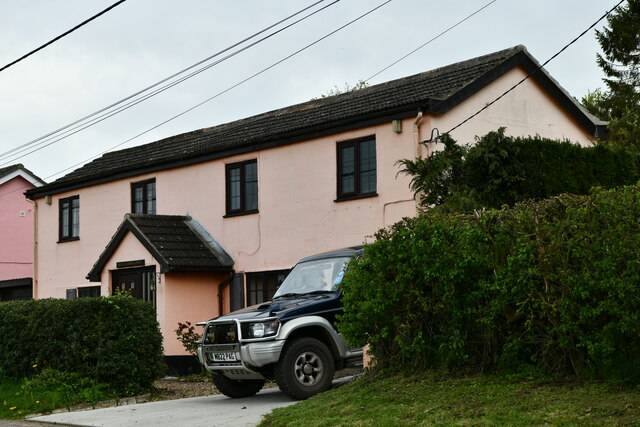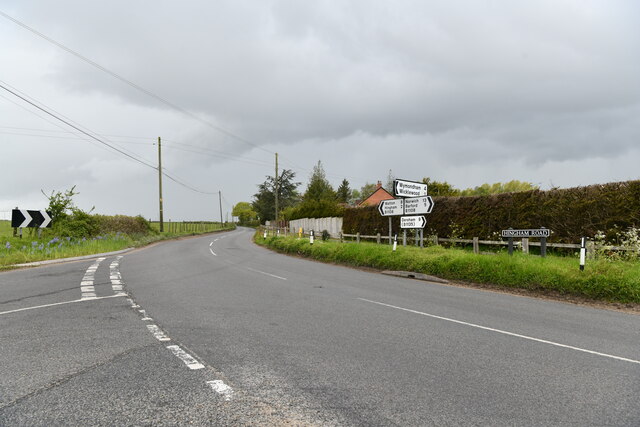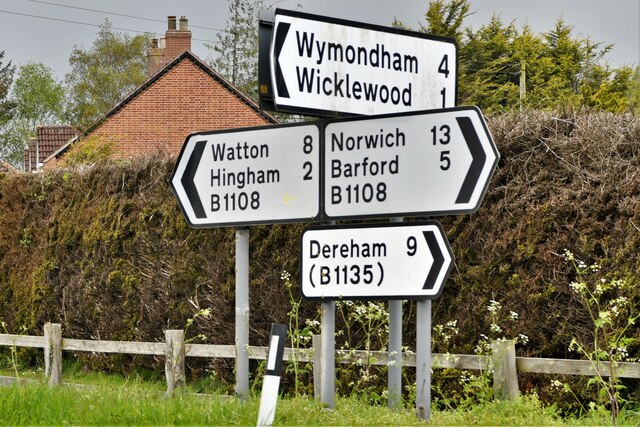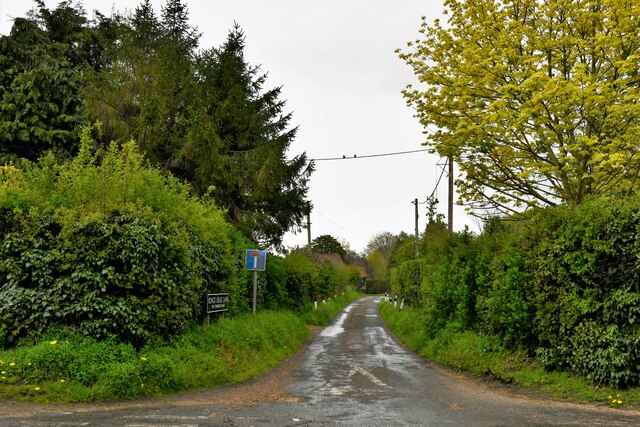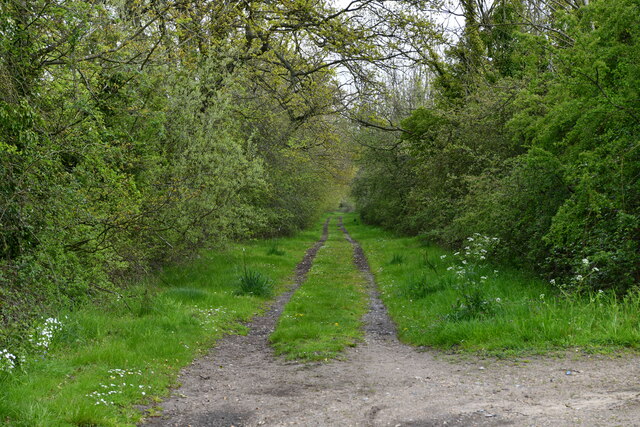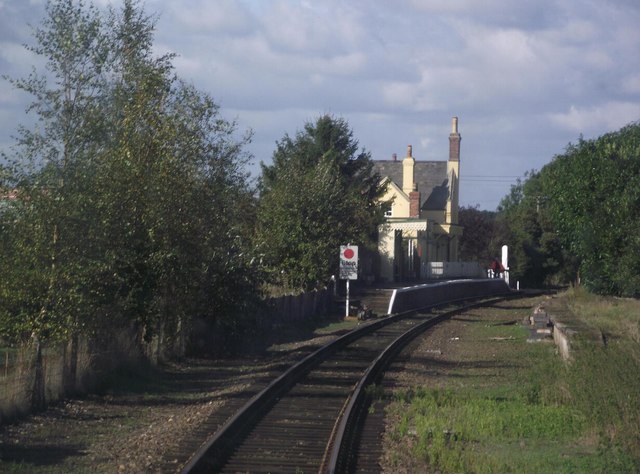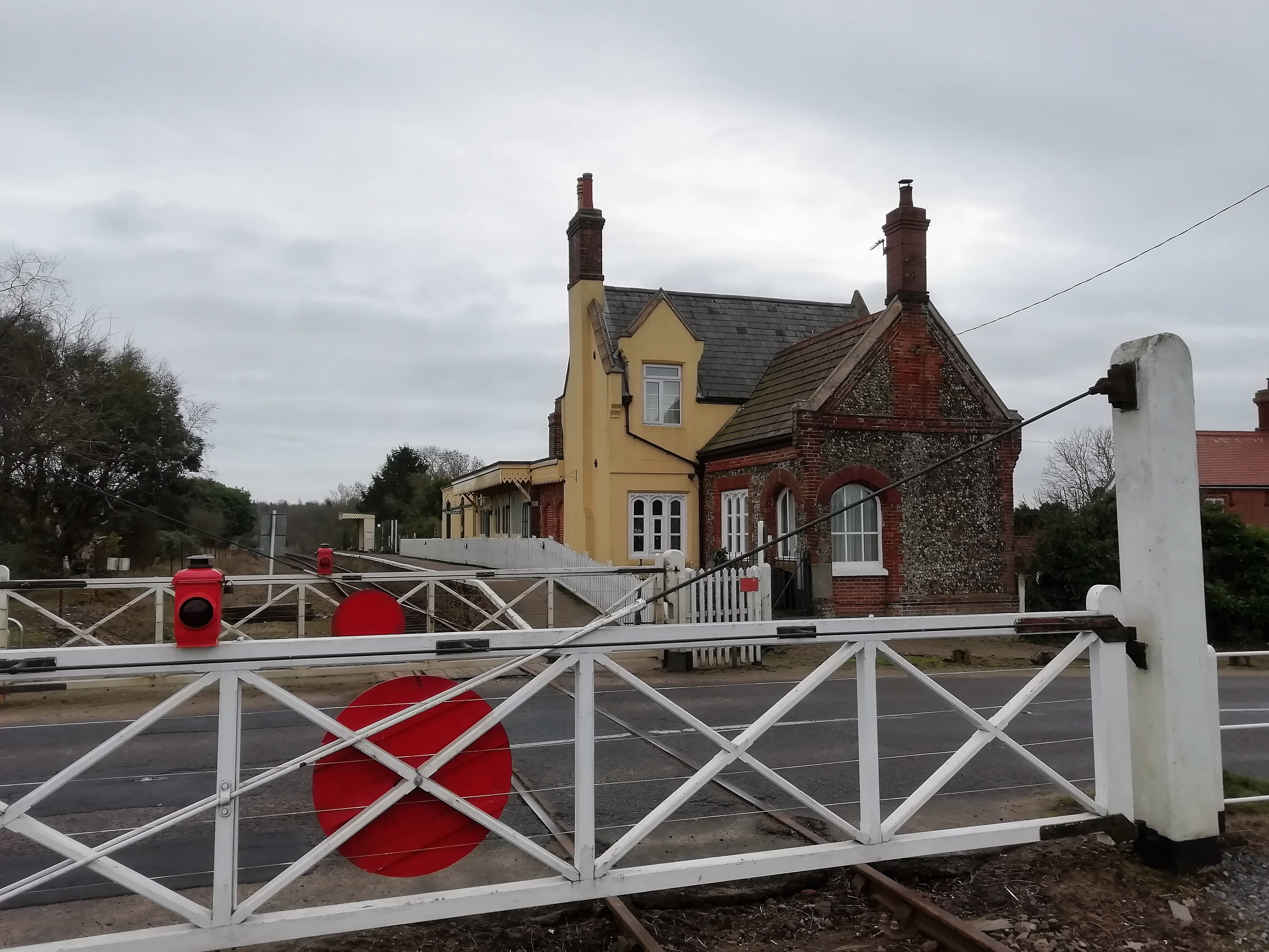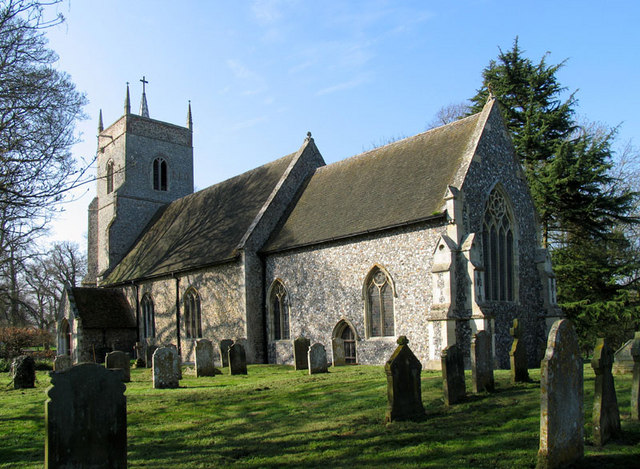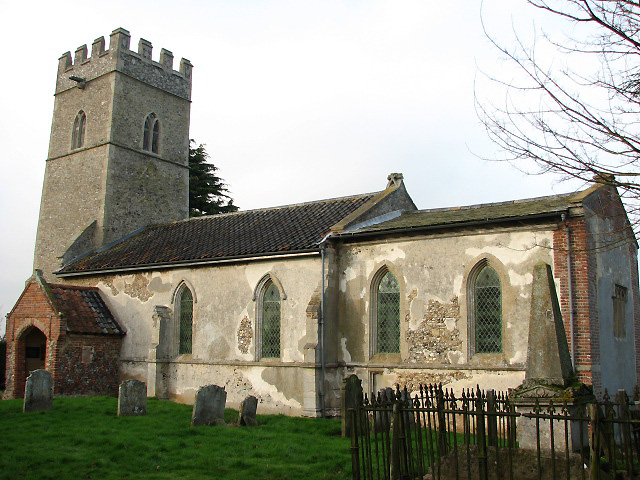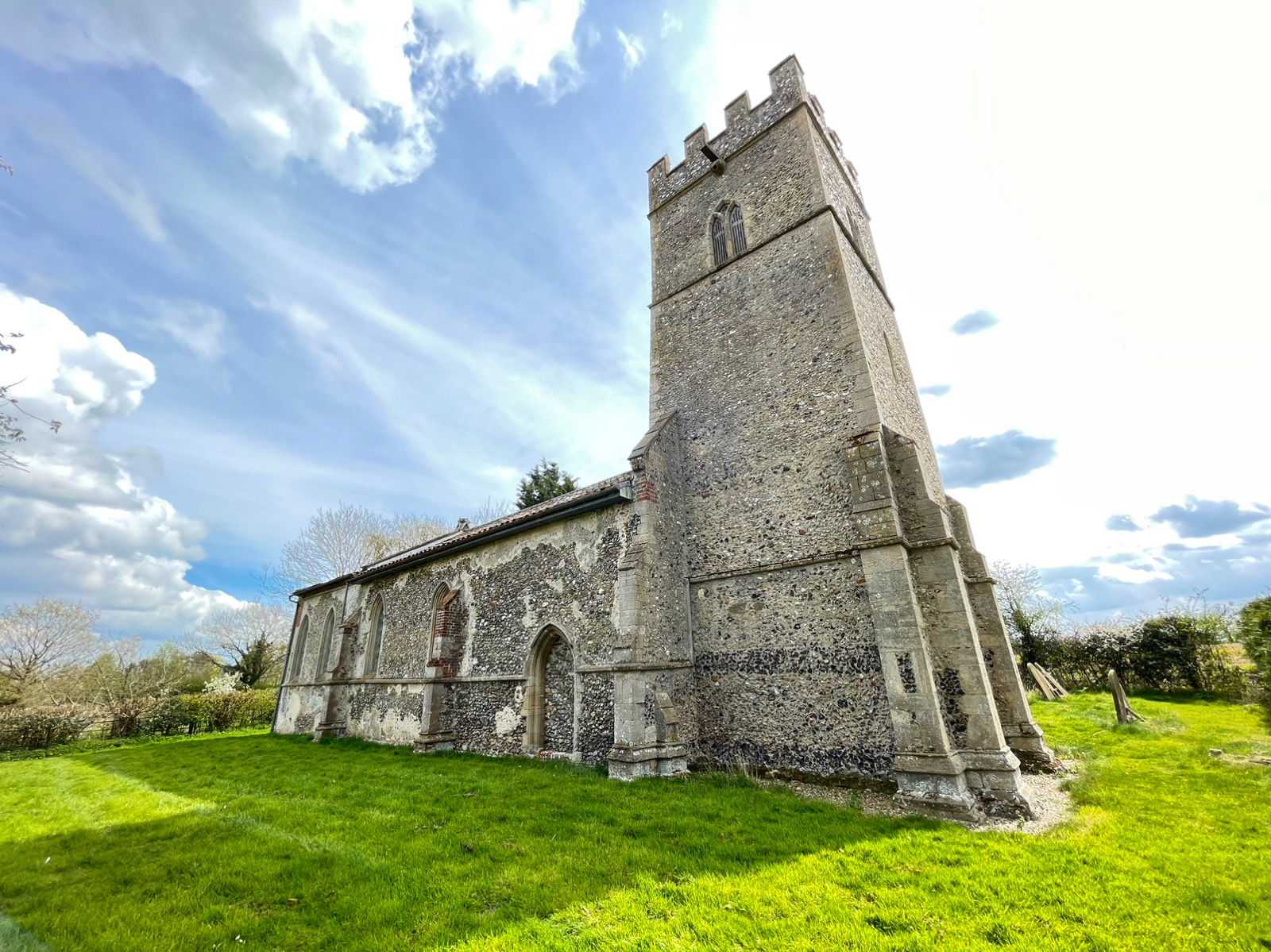Brickkiln Grove
Wood, Forest in Norfolk South Norfolk
England
Brickkiln Grove

Brickkiln Grove is a picturesque woodland area located in Norfolk, England. Situated in the heart of the county, this woodland encompasses approximately 50 acres of diverse and enchanting natural beauty. The grove is nestled within the larger Norfolk Wood, surrounded by a tranquil and serene atmosphere.
The woodland is characterized by its dense canopy of towering oak, beech, and ash trees, providing a haven for a wide range of flora and fauna. The forest floor is adorned with a rich carpet of bluebells, primroses, and ferns, adding a splash of color and vibrancy to the landscape during the spring months.
Brickkiln Grove is renowned for its extensive network of walking trails, offering visitors the opportunity to immerse themselves in the tranquil surroundings and explore the diverse woodland ecosystem. The trails wind through ancient woodlands, passing by babbling brooks and small ponds, providing a peaceful and idyllic setting for nature enthusiasts and hikers alike.
The grove is also home to a variety of wildlife, including deer, foxes, badgers, and a multitude of bird species. Birdwatchers flock to the area to catch a glimpse of elusive residents such as tawny owls, woodpeckers, and buzzards.
In addition to its natural beauty, Brickkiln Grove also holds historical significance. The name "Brickkiln" refers to the remains of an old brick kiln that was once used to produce bricks for local buildings. These historic remnants serve as a reminder of the area's industrial past.
Overall, Brickkiln Grove is a captivating woodland retreat that offers both tranquility and adventure to those who visit. Its abundant wildlife, captivating trails, and rich history make it a must-visit destination for nature lovers and history enthusiasts in Norfolk.
If you have any feedback on the listing, please let us know in the comments section below.
Brickkiln Grove Images
Images are sourced within 2km of 52.597298/1.0452791 or Grid Reference TG0604. Thanks to Geograph Open Source API. All images are credited.
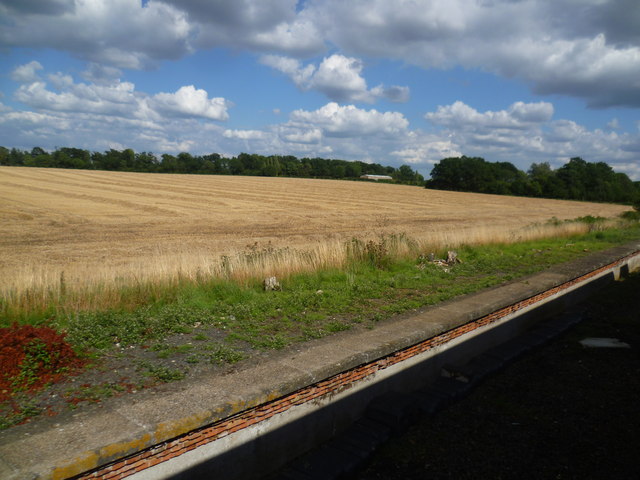

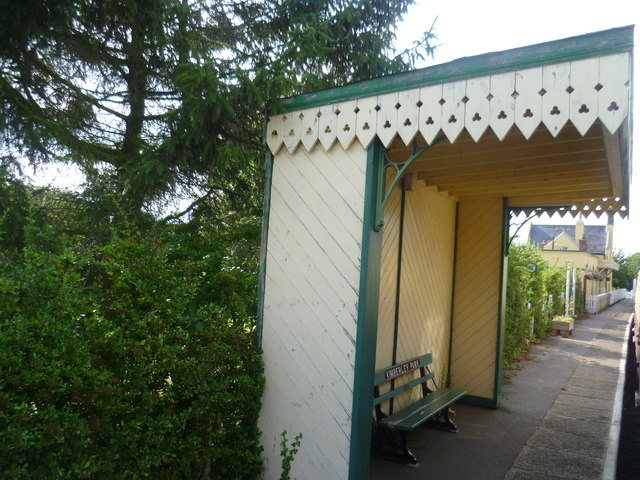
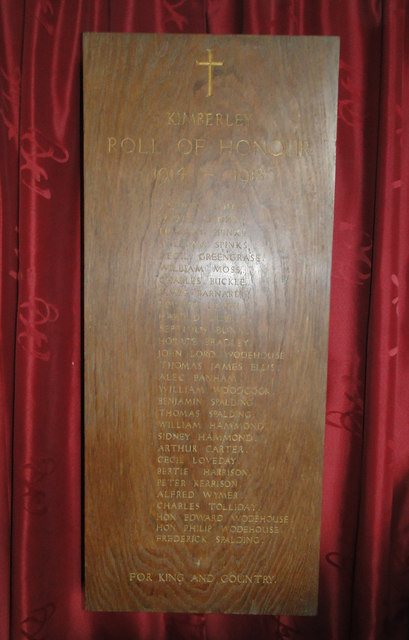
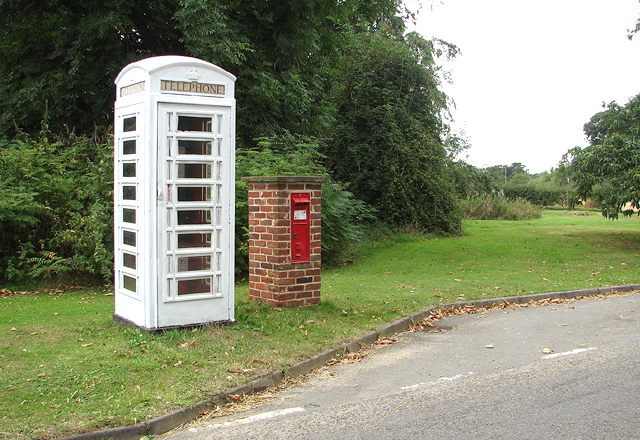
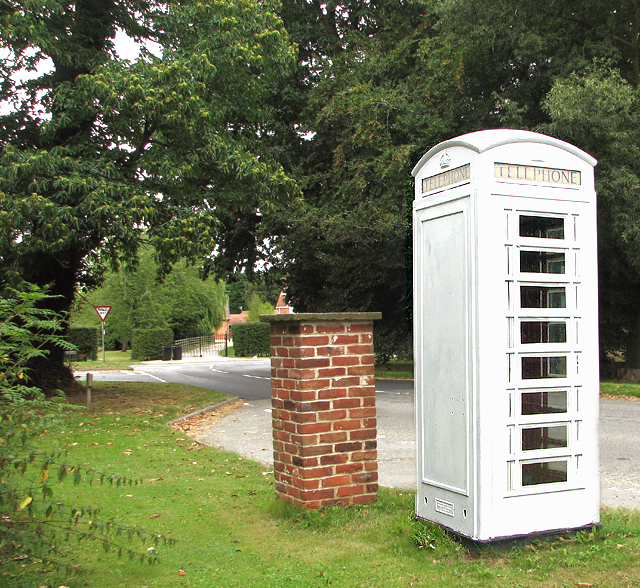
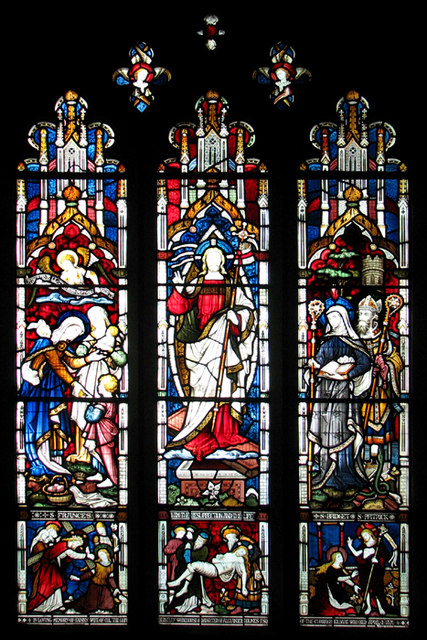
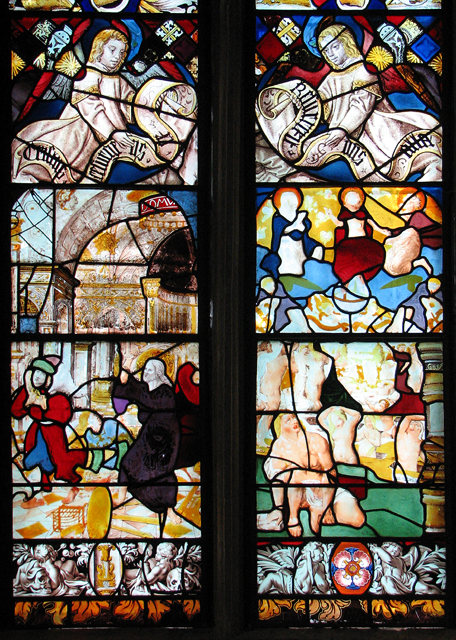
Brickkiln Grove is located at Grid Ref: TG0604 (Lat: 52.597298, Lng: 1.0452791)
Administrative County: Norfolk
District: South Norfolk
Police Authority: Norfolk
What 3 Words
///riot.branching.settle. Near Hingham, Norfolk
Nearby Locations
Related Wikis
Kimberley Park railway station
Kimberley Park railway station is a railway station in the village of Kimberley in the English county of Norfolk. == History == The Wymondham-Dereham branch...
Kimberley, Norfolk
Kimberley is a village and civil parish in the South Norfolk district, in the county of Norfolk, England, situated about 3 miles (4.8 km) north-west of...
St Michael's Church, Coston
St Michael's Church is a redundant Anglican church in the hamlet of Coston, in the civil parish of Runhall, Norfolk, England. It is recorded in the National...
Coston, Norfolk
Coston is a village and former civil parish, now in the parish of Brandon Parva, Coston, Runhall and Welborne, in the South Norfolk district, in the county...
Nearby Amenities
Located within 500m of 52.597298,1.0452791Have you been to Brickkiln Grove?
Leave your review of Brickkiln Grove below (or comments, questions and feedback).


